Click to view our Accessibility Statement or contact us with accessibility-related questions






PRODUCTS YOU MAY LIKE
Trending Posts in Audiophile
AntonetteCBak
Tips for Setting Up a Trading Desk with a Laptop
Creating an efficient and organized trading desk with just a Best laptops for trading requires a strategic approach to maximize productivity and trading success. Whether you’re a beginner or a seasoned trader, having the right setup ensures seamless execution of trades, minimizes errors, and keeps you focused. Below are essential tips to set up a professional trading desk using a laptop. Invest in a high-performance laptop tailored to trading needs. Opt for a model with a fast processor (e.g., Intel i7 or AMD Ryzen 7), at least 16GB of RAM, and a solid-state drive (SSD) for quick data access. Ensure the laptop has multiple ports for connecting peripherals and a high-resolution display for crisp chart visibility. Trading often involves monitoring multiple charts, news feeds, and trading platforms simultaneously. Connect your laptop to external monitors using HDMI or USB-C ports to expand your workspace. Dual or triple monitor setups allow for better multitasking and a...
Nov 21, 2024

abhinavkumar
Company Information in Dubai
Get comprehensive company information in Dubai, including registration requirements, licensing options, and compliance guidelines. Whether you’re exploring free zones, mainland, or offshore setups, our expert resources provide insights to help you make informed business decisions. Navigate Dubai’s business landscape with clarity, from legal requirements to operational support for a successful establishment. For more details:- https://leelainternational.com/
Nov 21, 2024

Leafwise
Show off your carry / bag / case / setup for your Head-Fi gear ✨
As subject, what do y'all carry your gear in for out-and-about/day-to-day and then for travel, if anything other than pockets?
Nov 19, 2024
keegu22
More bass!
I currently have the the HD 6XX, which sound great but, I'm am looking to upgrade the power of the bass as i really enjoy punchy low end EDM music. Any suggestions in the $200-$300 price range would be awesome.
Nov 13, 2024

danielj9
Trying to add Topping LA90D amp to Topping A9D preamp
Any help would be appreciated...I added an amp to my streamer, dac, headphone amp/preamp system and am now not getting any music through the headphone jacks on the preamp - the specifics: Wiim Pro Plus - optical connection to - Topping D50 iii dac - TSR to XLR connection to - Topping A9D headphone amp/preamp (all worked fine as a headphone amp until I tried adding:) - XLR connection to - Topping LA90 D amp. Amp switches are set to bypass, stereo, low gain. In this configuration, I am not getting any music to either my SE or XLR headphone jacks. I made sure I switched the A9D to "preamp" and "xlr" modes. I have no idea what I might be overlooking or missing...any thoughts would be deeply appreciated! Thank you.
Nov 11, 2024

Tremuh
Trying to find new headset
I currently am rocking the beyerdynamic DT 990 Pros and have been for a while now, along with a go xlr! I was trying to see what other headset you guys recommend along with something to replace the xlr? Thank you!
Nov 7, 2024

aiden.miller
Mic not working pc38x
I just got my pc38x in the mail today and the out put is quiet but fine and I'm happy. But the mic will not work when on my Xbox series and I was wondering if this issue can be resolved or if the head set is not compatible with Xbox.
Nov 4, 2024

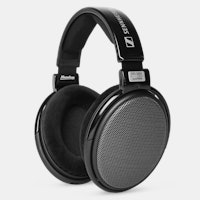

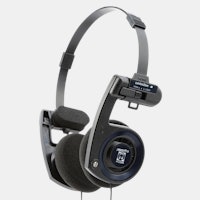
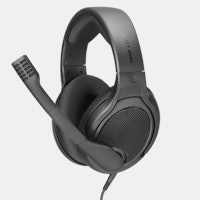
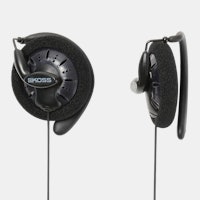
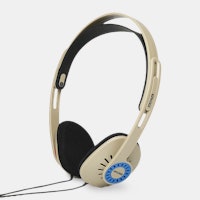
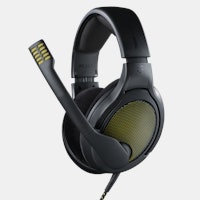
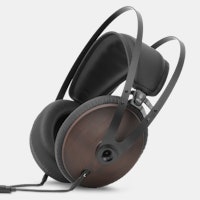
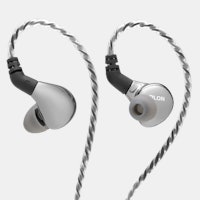

I was looking at the design of these iems and recognizing that it's very simplistic - almost like a proof of concept. Can we get decent bass out of a very small single driver? yes we can... but there will be a compromise in quality (for some) in he mids and highs. There are several physical design decisions that I don't want to get into, but that I believe contribute to this.
That being said, I think I've figured some things out that explains some of our different listening experiences and certainly makes MY experience a small but noticeable bit better.
1. The back caps - tightening them down on the cable makes a better seal (rather than creating an inadvertent untuned bass reflex design (ported)). There's a mod that was originally for the pro version but I think applies to the non-pro version equally ... or rather, I think that if the cap isn't squeezing the cable, you get bass bleeding all over the place. Here's the link: http://www.head-fi.org/t/766183/flare-audio-r2pro-kickstarter-campaign/1905#post_11842307
2. I'm not a fan of the long and narrow pipe when it is extended by sound deadening material that preferentially absorbs higher frequencies. So I was going to cut off the very tips of the comply tips ... until I found a video, recommended on the comply website for those experiencing high freq rolloff!!! http://www.complyfoam.com/faq/ It's the second video. Here's a more direct link to the video:
3. apart from pulling back the foam, insert it slightly backward facing and do not push it to the end. When I insert the iem, I press it into the back and then back off a bit. This provides a more direct sound path and prevents me from overly deforming that path. (Every ear is a bit different - I have to push it slightly downward as well)
My next experiment is to purchase larger comply tips that will hold the direction better. I'm getting an ok seal now, but I think larger will be better. Also - I am getting ts-200s as I wonder if the earwax guard (in our tx-200 model) is altering the sound.
It's unfortunate that these design decisions result in variable listening conditions and thus very different opinions from each listener. There is always some variability, and now there's even more. That being said, if sound is your hobby, these iems will keep you busy. :)
Anyway, these are just ideas to try that I found helped me better enjoy my listening experience. If you were as disappointed by your R2As as I was, I hope these ideas help some.
... "I think the tx200 could be easily modified cutting away the filter and the top 2-3mm foam minimising the tube obstruction." ....
Funny I just did that. Literally right now. I was just going to post my clever idea :-). My results are similar to yours.
Also of note - I find it better not to overly squeeze the tips and not to overly insert them.
No significant change in sound quality with a heck of a lot more useful features.